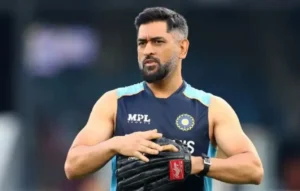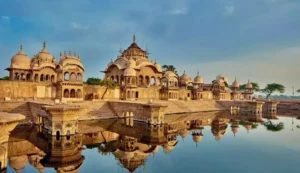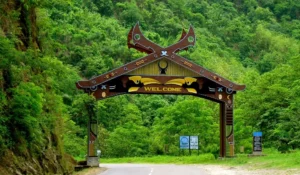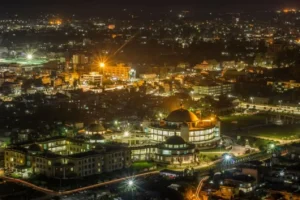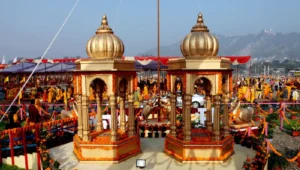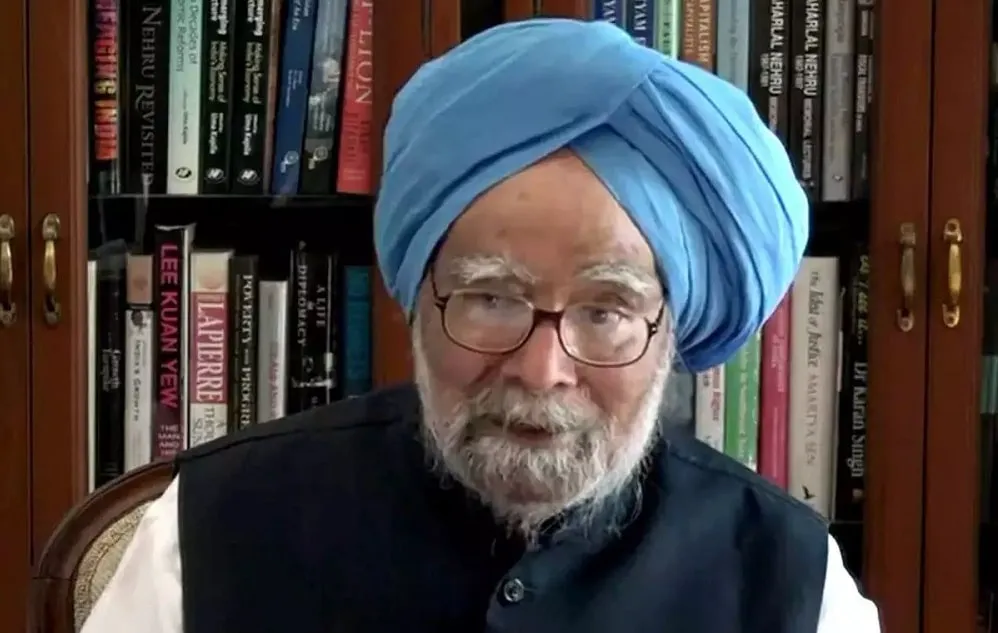
Table of Contents
ToggleShort Note on Manmohan Singh
We are going to share Manmohan Singh’s English biography today. This post is handy for people looking for information about Manmohan Singh in English. The words used in this article to describe Manmohan Singh’s biography are elementary and straightforward. The biography of Manmohan Singh in English contains all information, such as Manmohan Singh’s date of birth, birthplace, career, etc.
INFORMATION ABOUT THE MANMOHAN SINGH FAMILY”
In Gah, Punjab, the family of Shri Gurmukh Singh & Smt. Amrit Kaur, Manmohan Singh was born on September 26, 1932. His family went to Amritsar in India during Partition. Manmohan Singh wed Gursharan Kaur in the year 1958. Amrit Singh, Daman Singh, and Upinder Singh are their three daughters, which is a blessing.
MANMOHAN SINGH EDUCATION-
At the Hindu College, Manmohan Singh attended classes. He was a brilliant student who consistently placed first throughout his academic career. In 1952 and 1954, he earned his bachelor’s and master’s degrees from Punjab University.
He received an honors economics degree from the University of Cambridge in 1957, and in 1962, he earned his D.Phil. He then moved back to India and worked from 1966 to 1969 for the United Nations Conference on Trade & Development.
Manmohan Singh joined the Delhi School of Economics as a professor of international trade in 1969. Manmohan Singh served as the Ministry of Finance’s Chief Economic Adviser in 1972 and the department’s Secretary in 1976. Manmohan Singh served on the Planning Commission from 1980 to 1982, and under former finance minister Pranab Mukherjee, he was named governor of the Reserve Bank of India in 1982.
Later, from 1985 to 1987, he served as India’s Planning Commission’s vice chairman. He assumed leadership of the Union Public Services Commission in 1991 and, as a result, the University Grants Commission.
CAREER -
Manmohan Singh was named Union Finance Minister in 1991 when India was dealing with a severe financial crisis by P.V. Narasimha Rao, the country’s then-prime minister. During this time, Singh freed India from the “Licence Raj,” which was responsible for the country’s poor economic growth and widespread corruption. He worked there till 1996.
P.V. Narasimha Rao chose Singh to represent Assam in the RajyaSabha in 1991. As the head of the opposition in the RajyaSabha, he was re-elected in 1998 and served as a member till 2004.
Manmohan ran for LokSabha from South Delhi in 1999 but lost to Vijay Kumar Malhotra of the BJP. The Indian National Congress (INC) Party created the United Progressive Alliance (UPA) and defeated the BharatiyaJanta Party in the 14th LokSabha elections of 2004. (BJP). Sonia Gandhi suggested Singh for the position of Prime Minister.
Manmohan Singh was elected India’s 13th prime minister on May 22, 2004. He won re-election to the RajyaSabha from Assam for a record-breaking fourth time in 2007. During his time in office, he replaced the sales tax with the value-added tax (VAT). India’s economy grew at the highest GDP growth rate of 9% in 2007, making it the second-fastest growing economy in the world.
The Indian National Congress (INC) successfully formed the government for a second straight term in 2009 during the 15th LokSabha elections. Singh was re-elected as India’s prime minister on May 22, 2009. Additionally, he received a fifth term as an Assamese representative in the RajyaSabha.
During his time as India’s prime minister, Singh improved several international and domestic problems relating to the economy, health, education, and foreign relations. He strengthened anti-terror laws by implementing procedures. After the 2008 Mumbai Terror Attacks, he founded the “National Investigation Agency” (NIA) in 2009.
The Bharatiya Janata Party (BJP) triumphed in the 2014 General Elections. Singh left his position as India’s prime minister on May 17, 2014. He was chosen to represent Rajasthan in the RajyaSabha in August 2019.
About Author
Piyush Kumar
We, with our blogs, promotes the traveling lifestyle and helps in guiding people about all the aspects of exploring a new place, shaktipeeth, jyortirlinga, foods, temples, etc.



